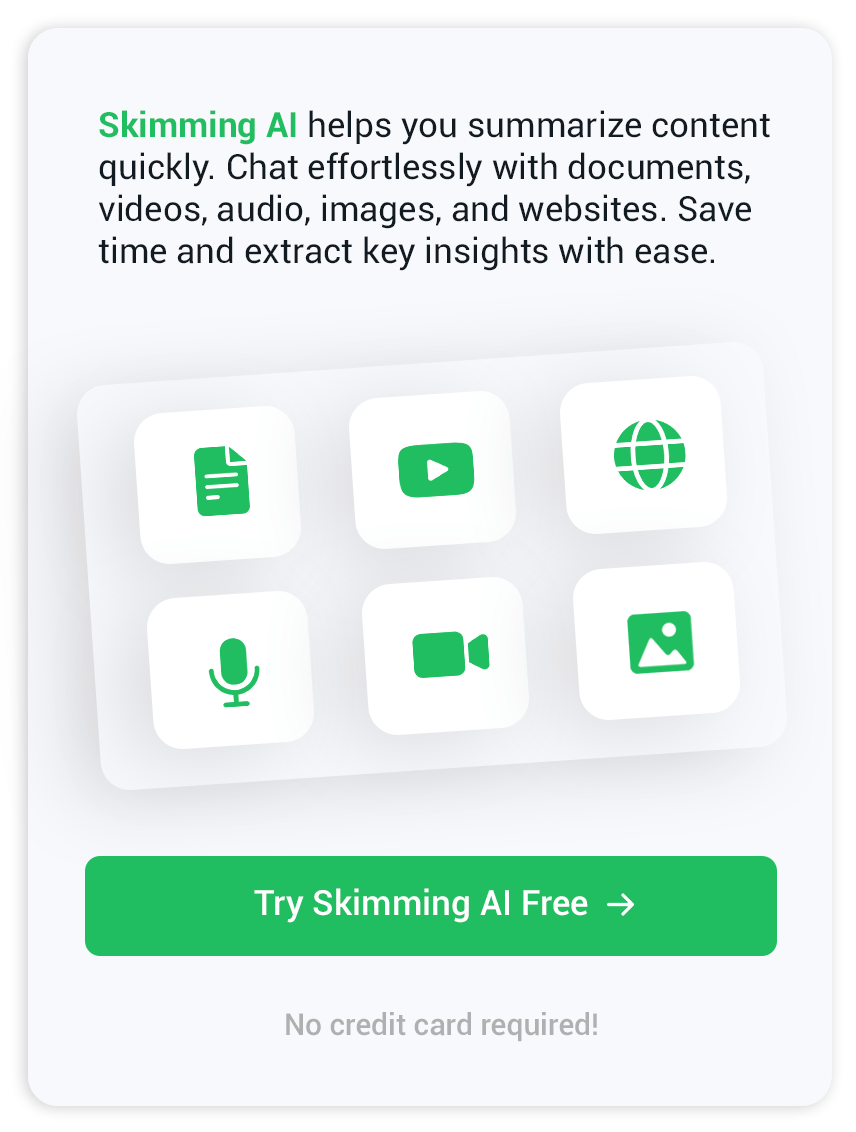Subtitle generator – create captions fast for any video
Your First Steps with a Subtitle Generator
Adding captions to videos no longer has to be a time sink. With a subtitle generator, anyone can speed up the process of creating captions for personal clips, educational content, or even social media reels. Many people first discover these tools when looking for a quick way to make their videos more accessible or reach audiences who scroll with the sound off. Curious how the process really works? Understanding a few basics can help you get better results every time.
How a Subtitle Generator Works
A typical subtitle generator takes your video and transcribes the speech found in the audio. These programs usually rely on speech recognition technology. After uploading your video, the tool scans for spoken words, converts them into written text, and then syncs the text with the timing of the video. While some results need a little clean-up, most subtitle generators can offer a close match, saving plenty of manual effort. For YouTube creators especially, these tools can handle lengthy uploads in a fraction of the time a human would need.
The Process in Action
It can be helpful to see the steps broken down:
- Import your video file or paste a video link into the tool.
- Wait for the tool to process the audio and transcribe it.
- Review the generated captions for accuracy and make quick edits if needed.
- Download the subtitle file or embed it directly onto your video.
If you prefer to chat and explore your video content while working with captions, platforms like chat with video features can add more flexibility.
Polishing and Customizing Your Captions
While most subtitle generators deliver a solid starting point, you might find places where the tool mishears a word, stumbles on an accent, or skips some background chatter. Taking a few minutes to review the captions can make all the difference in clarity. Look over the timestamps and reading flow too. Intuitive editors in many tools let you adjust timing blocks, add speaker names, or split longer lines. This means viewers can follow along easily, no matter which device they use.
Some tools even offer batch processing or the ability to refine subtitles from different content sources. For instance, if you are working with content from YouTube, you can benefit from a dedicated YouTube summarizer for highlighting the main points along with adding captions.
Broadening Access and Boosting Engagement
Subtitles are not just about accessibility, though of course they open up video content to viewers who are deaf or hard of hearing. Captions catch the eye on busy platforms, help with comprehension in noisy environments, and can even support second language learners. If you find yourself working with many types of files—from podcasts to presentations—you might also try a video summarizer in your workflow for a quicker overview and smoother captioning.

